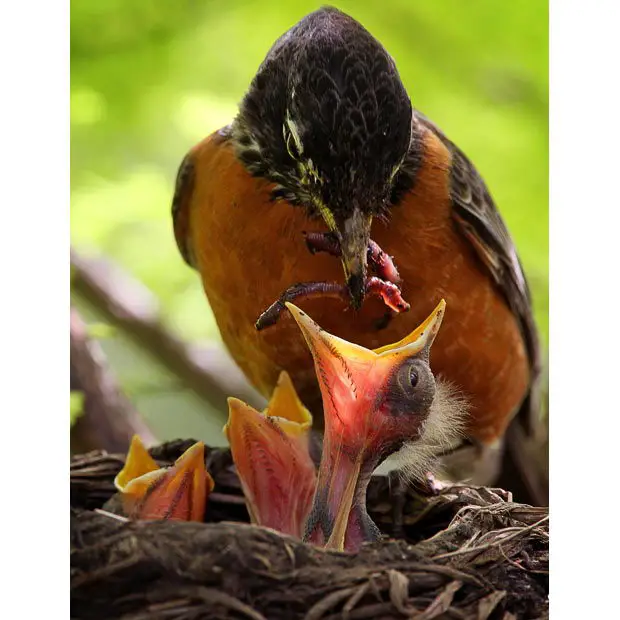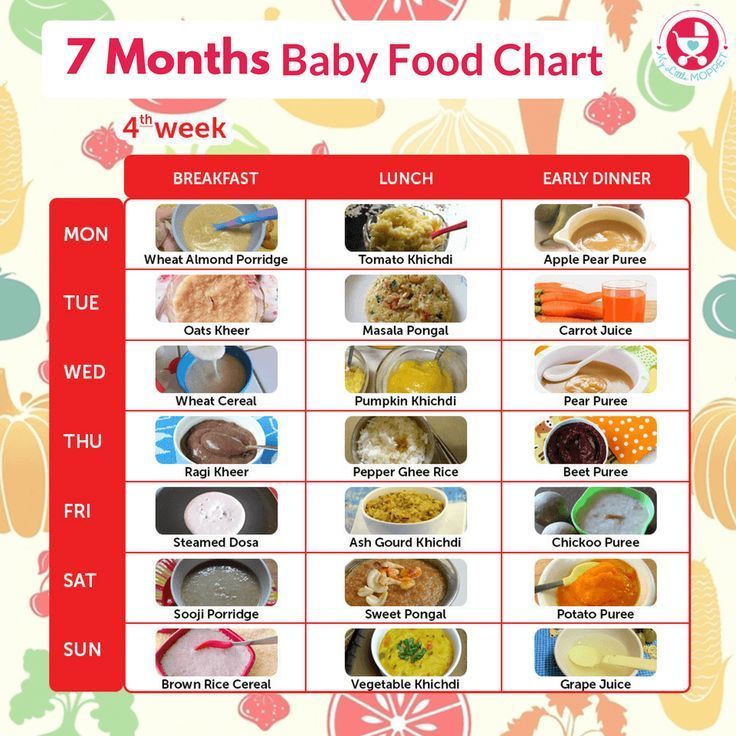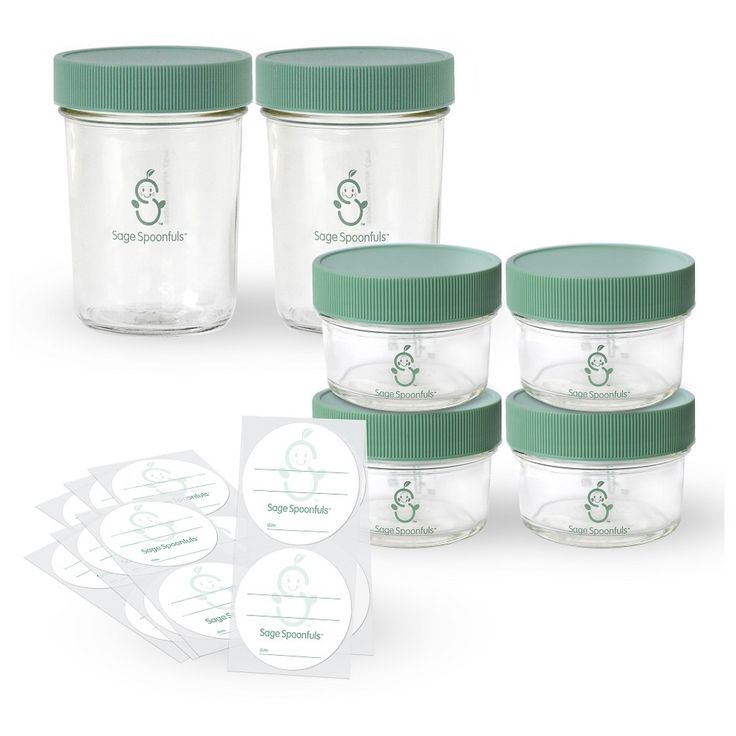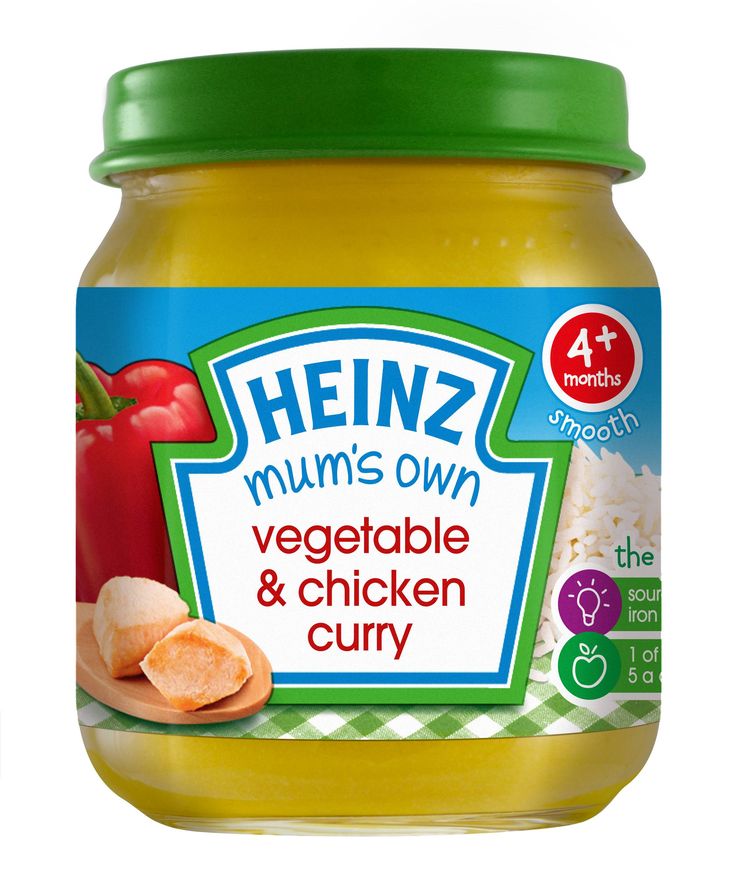What to feed a wild baby blue bird
Feeding Bluebirds
Bluebird Feeding 101
During the warmer months of the year (May through October), Bluebirds can usually find enough food to survive without any problems. However, under harsh conditions such as prolonged period of chilly, wet weather, or snow & cold, or when ice coats most of the wild berries, bluebirds will benefit from receiving feeder food. Meal worms, suet, sunflower hearts, softened fruits, and cornmeal muffins can all be fed to bluebirds. Most of these will be accepted during the cold weather months if bluebirds have wintered over. But, meal worms are the best food to feed bluebirds and they will readily eat them year-round. During the breeding season, it is nice to feed meal worms because the harried parents will gratefully accept them to help feed their ravenous young. Basically, it acts as a supplement to the natural insect diet bluebirds feed their young.
NOTE: supplemental feeding can make a HUGE difference to Bluebirds and their young during periods in the Spring when rain and cool weather persists over multiple days. Bluebirds will have a hard time feeding their young when cool, wet conditions persist. If this happens, adults will stop feeding their young and focus on their own survival. So, you can help Bluebirds survive by feeding meal worms and even scrambled eggs. See below for details.
Meal Worms
Meal worms can be purchased at some bait shops, pet stores or bird supply stores. To order larger quantities, it is usually more economical to purchase meal worms online.
Meal worms are the larval stage of darkling beetles. Put a bedding of cornmeal or wheat bran into a plastic rectangular container with holes drilled or punched in the top for ventilation. Add a piece of apple, carrot or potato for moisture. If you have a large amount of meal worms that you won't use right away, put the container in the refrigerator to keep them dormant so they don't turn into adult beetles.
Meal worms can be served up in any type of shallow dish or container with smooth sides, so the meal worms can't escape.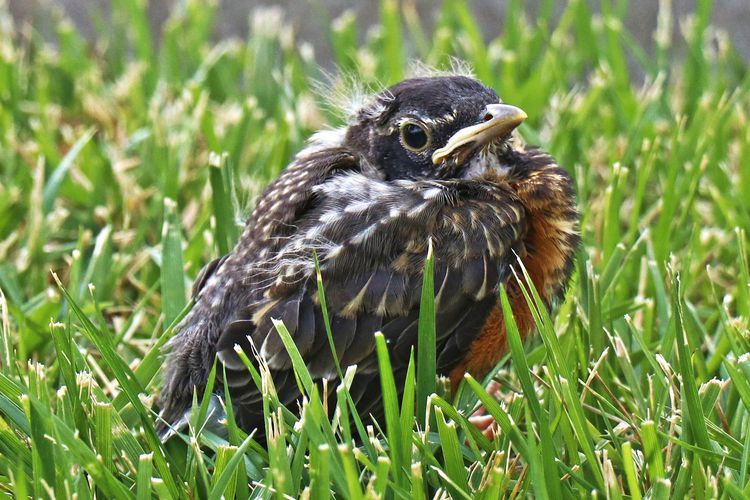 The feeding dish MUST BE made of either glass, plastic, metal, or ceramic because meal worms can crawl out of anything with rough sides (like wood). The problem is once other birds find the mealies (e.g. robins) they'll be gone in a flash. Meal worm feeders can be purchased at many bird supply stores. Some feeders have entrance holes which require birds to enter the feeder to get at the meal worms. This will discourage non-cavity nesting birds that are larger than bluebirds from eating up all the worms - after all, insects are popular with most birds!
The feeding dish MUST BE made of either glass, plastic, metal, or ceramic because meal worms can crawl out of anything with rough sides (like wood). The problem is once other birds find the mealies (e.g. robins) they'll be gone in a flash. Meal worm feeders can be purchased at many bird supply stores. Some feeders have entrance holes which require birds to enter the feeder to get at the meal worms. This will discourage non-cavity nesting birds that are larger than bluebirds from eating up all the worms - after all, insects are popular with most birds!
Another meal worm feeding tip is to "train" the birds to find the meal worms in the same place, at the same time every day. The Bluebirds will figure this out quickly, and be waiting for you each day when you bring the worms out. Our experience has shown that early morning is the best time. Bluebirds are hungry then, other insects may not be active yet, and competition from other birds is less.
For more information on feeding meal worms, Click Here to download the North American Bluebird Society's factsheet on Meal worms.
Online sources for meal worms:
Rainbow
http://www.rainbowmealworms.net/
Nature's Way
http://www.thenaturesway.com
BestNest
http://www.bestnest.com/bestnest/mealworms.asp
Scrambled Eggs
As previously stated, under severe conditions of cold and wet weather, bluebirds can be fed scrambled eggs. They will readily accept them and feed them to their young. Kurt Hagemeister of the Michigan Bluebird Society reports that this tactic saved a nest of young bluebirds several years ago in his yard. The eggs should be cooked as normal, scrambled, let cool, and then put out in a tray type of birdfeeder not far from the nest. If the birds don't eat them within a day or two, remove them from the area so they don't go bad or attract unwanted predators.
Suet
Bluebirds will sometimes feed on suet. Since insects are plentiful in the summer, it will be difficult to get them to eat suet at that time of year.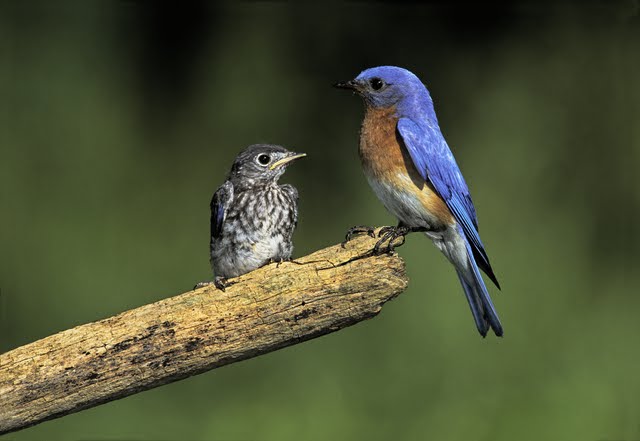 But as the weather gets cold and insects are scarce or non-existent, they will really eat up the nutritious and energy-filled suet that you provide for them. Commercially made suet cakes are easy and relatively inexpensive. Cakes with hulled sunflower, peanut bits, raisins, and ground up corn meal are very good.
But as the weather gets cold and insects are scarce or non-existent, they will really eat up the nutritious and energy-filled suet that you provide for them. Commercially made suet cakes are easy and relatively inexpensive. Cakes with hulled sunflower, peanut bits, raisins, and ground up corn meal are very good.
Here is a great recipe that you can make to attract bluebirds:
Bluebird Suet Recipe
1 cup lard
1 cup crunchy peanut butter
1/3 cup sugar
1 cup whole wheat flour
2 cups oatmeal
2 cups cornmeal
1 ½ cup raisins
Put raisins in sauce pan and add water to cover. Bring to boil; remove pan from heat and let raisins cool. Drain water and cut raisins in half. Set aside.
In a large mixing bowl, mix together flour, oatmeal and cornmeal.
In small sauce pan on low heat, melt lard, peanut butter and sugar. Pour liquid mixture into dry ingredients and mix well. Add raisins.
Seed And Other Foods
During the cold weather months, you can feed Bluebirds sunflower hearts, softened raisins, blueberries, and currants. Note that Bluebirds won't eat these other foods much except during the harshest of conditions. This typically occurs during late Winter or even early Spring, when the weather is still very cold and natural foods are running out. Otherwise, they will continue to eat mostly wild berries and other fruits they can find. It is best to put it in an open tray feeder or a special bluebird feeder which has openings at either end for the Bluebirds to enter.
Note that Bluebirds won't eat these other foods much except during the harshest of conditions. This typically occurs during late Winter or even early Spring, when the weather is still very cold and natural foods are running out. Otherwise, they will continue to eat mostly wild berries and other fruits they can find. It is best to put it in an open tray feeder or a special bluebird feeder which has openings at either end for the Bluebirds to enter.
The Jail Bluebird Feeder
A very good type of feeder is the Bluebird Jail feeder. This feeder (pictured at the right), was designed to exclude larger birds, such as Robins and Starlings, from getting at the mealworms or other food, before the Bluebirds can get it. The feeder is enclosed (which shelters the mealworms/food) with a dish in the middle for the food. The birds can either enter through the 1 1/2" diameter entrance holes on the ends or in between the wooden dowel "bars". Unlike some Bluebird feeders that have Plexiglass instead of the bars, the jail feeder is more open and makes it easier for the birds to get to the food.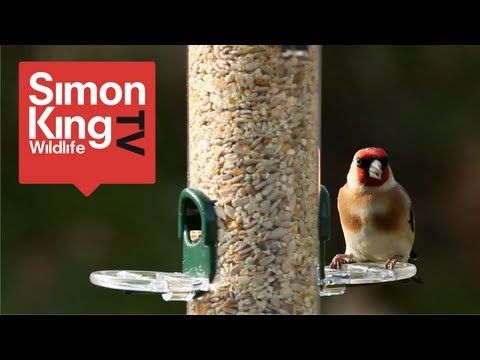 The trick to getting Bluebirds to start using the feeder is to leave the top open (and even remove the bars) temporarily until the birds "figure out" that there is food in there. Once they start coming regularly, replace the bars and close the top of the feeder. They should start entering through the ends or between the bars.
The trick to getting Bluebirds to start using the feeder is to leave the top open (and even remove the bars) temporarily until the birds "figure out" that there is food in there. Once they start coming regularly, replace the bars and close the top of the feeder. They should start entering through the ends or between the bars.
The Gilbertson Bluebird Feeder
This feeder is another variation of the Jail Feeder shown above. It is also designed mainly to limit the size of birds that can get to the mealworms or other food to Bluebird-sized birds or smaller. So, again, Starlings and Robins will not be able to access the feeding area.
The Gilbertson feeder was designed by Steve Gilbertson of Minnesota. It is a very simple-to-build feeder that almost anyone with basic woodworking skills can make. It is primarily composed of 2x4, 1x10, and 2x2 cedar. There is also some short lengths of 1/8" diameter metal rod which is installed horizontally. This can be found at most hardware stores or home centers.
This can be found at most hardware stores or home centers.
One of the bars is removable to allow access to the feeding area container. The plan calls for using an old aluminum or tin tuna fish can. You can also buy a small glass dish for this purpose. To download the plans for this feeder design, click below.
Gilbertson Feeder Plans
Bluebirds and Meal Worms
Watch this great video to see how attracted Bluebirds are to mealworms.
How to Feed Wild Baby Blue Jays
By Laura Wallace Henderson | Updated September 26, 2017Things You'll Need
Blue jay food
Fresh berries
Raw nuts
Canned pet food
Eye dropper
Plastic drinking straw
Blue jays are brightly colored, blue birds known for their unusual color. Blue jays are commonly found in the central and eastern United States and in southern Canada. Blue jays like to live in clearings, near wooded areas and buildings. Baby blue jays normally stay with their parents for their first two months of life. They are often able to start finding their own food when they are just a few weeks of age. Very young blue jays require assistance when abandoned by their parents. You may need to assist a baby blue jay by feeding him until he is old enough to feed himself.
Blue jays are commonly found in the central and eastern United States and in southern Canada. Blue jays like to live in clearings, near wooded areas and buildings. Baby blue jays normally stay with their parents for their first two months of life. They are often able to start finding their own food when they are just a few weeks of age. Very young blue jays require assistance when abandoned by their parents. You may need to assist a baby blue jay by feeding him until he is old enough to feed himself.
i Jupiterimages/Comstock/Getty Images
Check with your local farm supply store for commercial blue jay food. Some pet stores also carry prepared blue jay food. Purchase a small quantity of this ready-made food to try on your new baby bird. Soften this food with water for feeding to immature birds. If you cannot find packaged blue jay food, make your own blend from scratch.
i Jupiterimages/Photos.com/Getty Images
Select a variety of fresh food for preparing your own blend of baby blue jay food. These birds are omnivorous, meaning they consume food from plant and meat sources. Select raw, unsalted nuts and soft grains for your rescued baby bird. Berries should be fresh or frozen, not canned. Purchase produce that has not been subject to chemical processing. Thoroughly wash all fresh produce. Use canned cat or dog food as an animal protein source for your baby blue jay.
These birds are omnivorous, meaning they consume food from plant and meat sources. Select raw, unsalted nuts and soft grains for your rescued baby bird. Berries should be fresh or frozen, not canned. Purchase produce that has not been subject to chemical processing. Thoroughly wash all fresh produce. Use canned cat or dog food as an animal protein source for your baby blue jay.
i Ryan McVay/Photodisc/Getty Images
Select an object shaped like the beak of a mother blue jay. A pointed eye dropper works for this purpose. You can also trim the tip of a plastic drinking straw into a slight point to use to feed the baby bird. Grind your ingredients into a smooth gruel. Add a little water to produce a soft consistency. Place a small amount on the tip of your straw or dropper. Baby birds open their mouths very widely when it is time to eat. Gently and quickly press the food to the back of the baby’s open mouth. Do not press down the throat. Allow the baby blue jay sufficient time to swallow the food.
Be prepared to feed the baby bird often. Depending on his age, he may need to eat every two to three hours.
References
- University of Michigan, Museum of Zoology
- National Park Service
- Orphaned and Injured Birds – The Center for Rehabilitation of Wildlife
Photo Credits
Writer Bio
Laura Wallace Henderson, a professional freelance writer, began writing in 1989. Her articles appear online at Biz Mojo, Walden University and various other websites. She has served as the co-editor for "Kansas Women: Focus on Health." She continues to empower and encourage women everywhere by promoting health, career growth and business management skills.
How to feed the found chick, how many times a day
If you find a chick, the first thing you need to do is determine its species. Feeding granivorous, insectivorous and predatory chicks have their own differences. But in the early stages of feeding, you can use the same feeding methods, and then, after finding out what kind of bird you found, transfer the chick to the appropriate feeding.
Here is one of the most common feeding options for granivorous and insectivorous chicks. This nutrient mixture is well used for feeding for chicks and fledglings from the passerine family. To prepare our mixture, we need the following products: Boiled egg, low-fat cottage cheese, raw carrots, meat (beef, chicken, turkey), greens (lettuce, dandelion leaves, wood lice), hamarus and daphnia, Calcium gluconate (shell from boiled eggs) glycerophosphate , children's dry dairy-free porridge or boiled millet (without salt and fat on the water).
Action one. Boil the egg, free from the shell. We free the shell from the shell film. Grind the egg as much as possible, you can use a grater with small holes.
Second step. Boiled meat, it is better to take the pulp from the breast of a turkey or chicken and also chop or divide into fibers. The mixture will require meat 40 (for granivorous) and 60 grams (for insectivorous).
Third step. Take washed carrots of a small size, grate them on a fine grater, then squeeze the juice and we will use the remaining pulp.
Fourth step. We take not sour and not fatty cottage cheese. Cottage cheese should have 0% fat content, anything above is considered fat for poultry. We need 90-110 grams of cottage cheese. Sour cottage cheese must be boiled twice changing the water and then it will be suitable.
Step five. You can use greens to add the mixture, but you can do without it for the chicks. And so you can take the greens listed above, chop and add 1.5 teaspoons to the mixture.
Action six. To the above ingredients, add 1.5 -2 tsp. dairy-free porridge or boiled millet (well boiled, without salt and fat in the water).
Step seven. To the mixture we add the shell from the boiled egg, which must first be ground in a coffee grinder, plus one fourth of the crushed tablet of glycerophosphate. If it is not possible to find glycerophosphate, then you can purchase bone meal and add one fourth tsp. in powder form. At the very least, the shells are enough for now.
Step eight. We take chopped hamarus and daphnia and add about 1 tsp to the resulting mixture. Then we mix everything, it turns out a very thick, crumbly porridge, it should not stick to the fingers. If the mixture is sticky, you can add dairy-free porridge or powdered cereals.
Then we mix everything, it turns out a very thick, crumbly porridge, it should not stick to the fingers. If the mixture is sticky, you can add dairy-free porridge or powdered cereals.
From the resulting mixture we roll small balls no larger than a small pea, focus on the size of the chick's beak. You can feed 2-5 balls at a time and after each feeding drink plain water from an insulin syringe with a removable needle (without a needle) 4-6 drops. A week-old chick should be fed every 1-1.5 hours, older than two weeks of age every 2-4 hours, at three and four weeks of age you can feed 3-4 times a day. Do not forget that the chick is growing and, accordingly, one-time portions of food are growing. A very important point, do not forget to warm the chicks, because at their age they themselves cannot maintain normal body temperature. Warming up promotes better assimilation of feed. Don't forget to control your chick's weight. If possible, show the chick to a specialist. To control the work of the intestines, you can take the litter from the chick for a coprogram, this is an analysis of the digestibility of the feed.
Take care and love your feathered friends and they will love you back.
Veterinarian ornithologist
Chuguevsky VV
Veterinary clinic Bambi.
You can ask an ornithologist on the forum.
How to feed a magpie in captivity. Animal feed, vegetables, fruits
Contents
Feeding magpies in captivity is based on the general principles of feeding corvids, which can be read in a separate article "Feeding Corvids". Long-term observations of keeping these corvids in captivity inspired me to write a separate article on feeding magpies.
author of the title photo of the magpie Vasily Kalinin
Few people think about how easy it is to provide a magpie with everything necessary in captivity. As a result, there is a picture of the survival of these beautiful birds in the hands of the owners, lisping sick birds.
In this article I would like to draw the attention of corvid lovers to the fact that magpie is an active predator and gatherer. It feeds on everything it can get - from berries to fairly large animals and birds, as well as carrion.
It feeds on everything it can get - from berries to fairly large animals and birds, as well as carrion.
This is true both for the nominal species Common magpie ( Pica pica ) with all subspecies, and for blue magpie ( Cyanopica cyanus ) and ecotic magpies, for example caerulea ).
Feeding magpies is different from feeding adult birds, so if you picked up a magpie chick, then detailed information on how to feed the chicks is given in this article: "Feeding magpie chicks, crows, jays, jackdaws, rooks, ravens, chicks."
So, what should be in the diet of forty?
The diet of forty must include
insects .Meal worm, zofobas, crickets, grasshoppers, bears, etc.
Forage insects should be bred on a variety of nutrient rations, then their nutritional value will be high. Zofobas and flour worm, grown on poor diets, is rich in fats and poor in mineral composition and vitamins. Feeding forty only with such “fatty” feeds will lead to the development of pathologies of the liver and kidneys of the bird.
Feeding forty only with such “fatty” feeds will lead to the development of pathologies of the liver and kidneys of the bird.
During the period of the mass departure of May beetle (beetle) ( Melolontha melolontha ) it should be given to magpies without restrictions. At this time, it can be stored by freezing. Although, often, the birds quickly gorge themselves on the May beetle, especially defrosted, and refuse to eat it - in this case, you need to take breaks with his dacha.
Magpie eats "ant eggs" - ant pupae. The ant egg is very rich in nutrients, but I would not recommend introducing it into the diet of magpies on an ongoing basis - since the collection of ant eggs causes great harm to anthills and, accordingly, to the forest ecosystem.
In this video, a magpie is eating a thrush. Perhaps this magpie found a thrush that had already crashed, maybe she caught it herself. Magpies are able to catch both adult birds and fledglings of sparrows, tits, and pigeons.
At home, magpies must be constantly provided with small fodder birds.
The best option is quail carcasses. You can buy gutted quails in supermarkets or you can order quails at forage farms. It is preferable to feed magpies with quails rather than chickens, since it is important that magpies receive full-fledged small bird bones rich in calcium. Chickens contain a lot of phosphorus, but little calcium.
It is not recommended to feed forty meat to broiler chickens - as such chickens are raised with various biological additives that accelerate the development of muscle tissue and these compounds are stored in raw meat. Forty such additives are not at all useful.
Common magpie preys on a rabbit. Here you can see how magpies act as regulators of the number of small animals in cities. When the populations of natural predators (wolves, foxes, dogs) decrease, small animals, in particular rabbits, actively breed.
A magpie hunts a rat. This video is specially added for those who like to blame forty in various sins and destroy them. Magpies are an important regulator of the number of rodents in cities.
Magpies are an important regulator of the number of rodents in cities.
Magpie hunting mice. A similar video, only here the moment of the magpie hunting for mice is captured.
Magpies at home should regularly receive small rodents.
This is critical for mineral metabolism. In magpies, it is very intense and the lack of readily available calcium in the diet quickly leads to problems with the bone tissue of birds and with the work of the heart muscle. In addition, it is important not to forget that the mechanism of pellet formation for corvids is as important as for birds of prey and owls.
Nude (naked) mice are not recommended in large quantities, as they contain a large amount of phosphorus and a small amount of calcium. This will lead to calcium deficiency in the body of the bird and the development of serious problems.
A clip about the diet of blue magpies, if you remove the sound, it shows a variety of insects eaten by magpies. You can clearly see how healthy blue magpies look and how they move.
It may seem strange from the outside, but a huge problem for corvid lovers, as well as parrot lovers, is that people do not know what healthy birds of the species that they keep at home look like. Hence a large number of chronically ill birds that have not been dealt with for years.
Magpies prey on patterned snake ( Elaphe dione ). Although most likely, this video captures the moment of guarding the nesting area of Magpies.
Common magpie caught a snake.
Thick-billed azure magpie ( Urocissa caerulea ) hunts a snake. I don't know the type of snake. I believe that in this case, the moment of protection of the nesting site of magpies was captured on video. Snakes and lizards are part of the regular diet of these corvids.
Should lizards and snakes be given to magpies? Where can I get them other than to withdraw from nature? Unless you accidentally stumble upon a snake-snake or a lizard, just crushed on a country road by a car. As a treat, it is a good addition to the diet of captive magpies. Catching reptiles specifically to feed the corvid that you have removed from nature, in my opinion, is ethically wrong and biologically criminal.
As a treat, it is a good addition to the diet of captive magpies. Catching reptiles specifically to feed the corvid that you have removed from nature, in my opinion, is ethically wrong and biologically criminal.
Blue magpies feed on privet berries.
All magpies should be given the maximum variety of berries available in your area.
Berries should be given both fresh and dried and frozen. Fruit should also always be present in the diets of forty.
Magpies feed on a fallen hare. Rabbit carcasses can be bought in supermarkets or from farmers. It is desirable to give them not gutted. For magpies, like any other corvids, it is very important to “load” the beak correctly so that it does not outgrow.
If you are a completely “correct” naturalist, then having a magpie, most likely you will bring home downed cats, pigeons, etc. I absolutely do not recommend doing this! since rabies, different strains of influenza, tuberculosis and many other dangerous infections are not an invention of doctors and laboratories, but a real danger to your health.
A very important point that is overlooked and not discussed with disgust by city corvid lovers — magpies, ravens, ravens are natural orderlies of ecotopes. An important part of their diets is made up of dead animals. Moreover, it is also important that by eating carrion, magpies get a large amount of fermented adipose and muscle tissue. These compounds cannot be replaced with artificial additives in the diet of birds, but you can not throw out the uneaten remains of mice, rats, quails from the aviary or bird room - leave them for several days in a cage or in a “stash” with a magpie.
I think that all owners of corvids understand well what a "stash" is) - these are products that turn out to be hidden in the most unexpected places. It’s good when it’s a nut, an acorn or a harmless quail egg, worse when it’s a fish head or a rat carcass hidden in a jeans pocket). If the aviary is outdoors, this is not a big problem, but at home it is more difficult. The long tubular bones of animals are well suited for such “feeding” - the magpie will be long and happy to hammer the odorous bone.
During the ripening season of nuts, acorns, chestnuts - these products are actively eaten and stored by magpies. Don't forget to provide them for your birds. This is a very good natural beak grinder.
I remind you that clay is just as important for corvids as it is for all other birds. Magpies should always have access to clay, you'd be surprised how much they eat. You can read more in the article: Clay in the diets of birds.
Conclusion, the diet of forty must necessarily include:
Insects:
mealworm, zofobas, crickets, grasshoppers, beetles and other available insects.
Animal carcasses:
quails, rats, mice, rabbits.
"Fermented protein"
rotten remains of feed animals or tubular bones of cattle and small cattle.
Nuts, acorns, chestnuts.
Berries. Fruits. Vegetables
Clay.
Questions - Answers about feeding forty.
Q. — can magpies eat mushrooms? And if possible, which ones? I gave my magpie sulfur-yellow tinder fungus, white, boletus, chanterelles in small quantities, there were no problems, but suddenly.
— can magpies eat mushrooms? And if possible, which ones? I gave my magpie sulfur-yellow tinder fungus, white, boletus, chanterelles in small quantities, there were no problems, but suddenly.
O. - you can. Everything edible for humans is definitely possible. All the rest are questionable, not everything that is dangerous for mammals is dangerous for birds. But I myself cannot yet say which inedible mushrooms are needed and safe for birds, I have little information about this at the moment.
Blue magpies feed on ripe persimmons.
B. - I give chicken meat-liver-ventricles-hearts-heads-paws, but I buy only domestic chickens. By the way, when I give the whole fish, the brain and eyes are also eaten at once. Shrimp eat it too.
The article has not yet said about cottage cheese in the diet, but, probably, this is because it is mentioned in other articles.) Well, about eggs. I give boiled chicken (together with the shell), and raw quail (also with the shell).
Is lean beef good for a magpie? I trim the fat. Another beef heart is quickly eaten.
A. - it's very good that you feed your magpie so varied. I did not focus on fish / meat / eggs in this article - since the basis of the magpie diet is common to all corvids. This is described in detail in the article - Nutrition of corvids. There is a discussion of the fat content of cottage cheese in the diets of corvids in the article: “What cottage cheese should be given to corvids, fat-free or normal?” Lean beef, suitable - better on the bones - for the bird to apply force in the process of eating. Beef heart is very useful for all corvids.
Q. - I would also add shellfish to the article, especially snails, which in nature make up a significant part of the diet of magpies. They eat large quantities of both slugs and snails along with shells. Empty shells are also willingly eaten and played with.
Another question about chicken heads: can I give or not? I give periodically - it is eaten completely, with the exception of the beak.